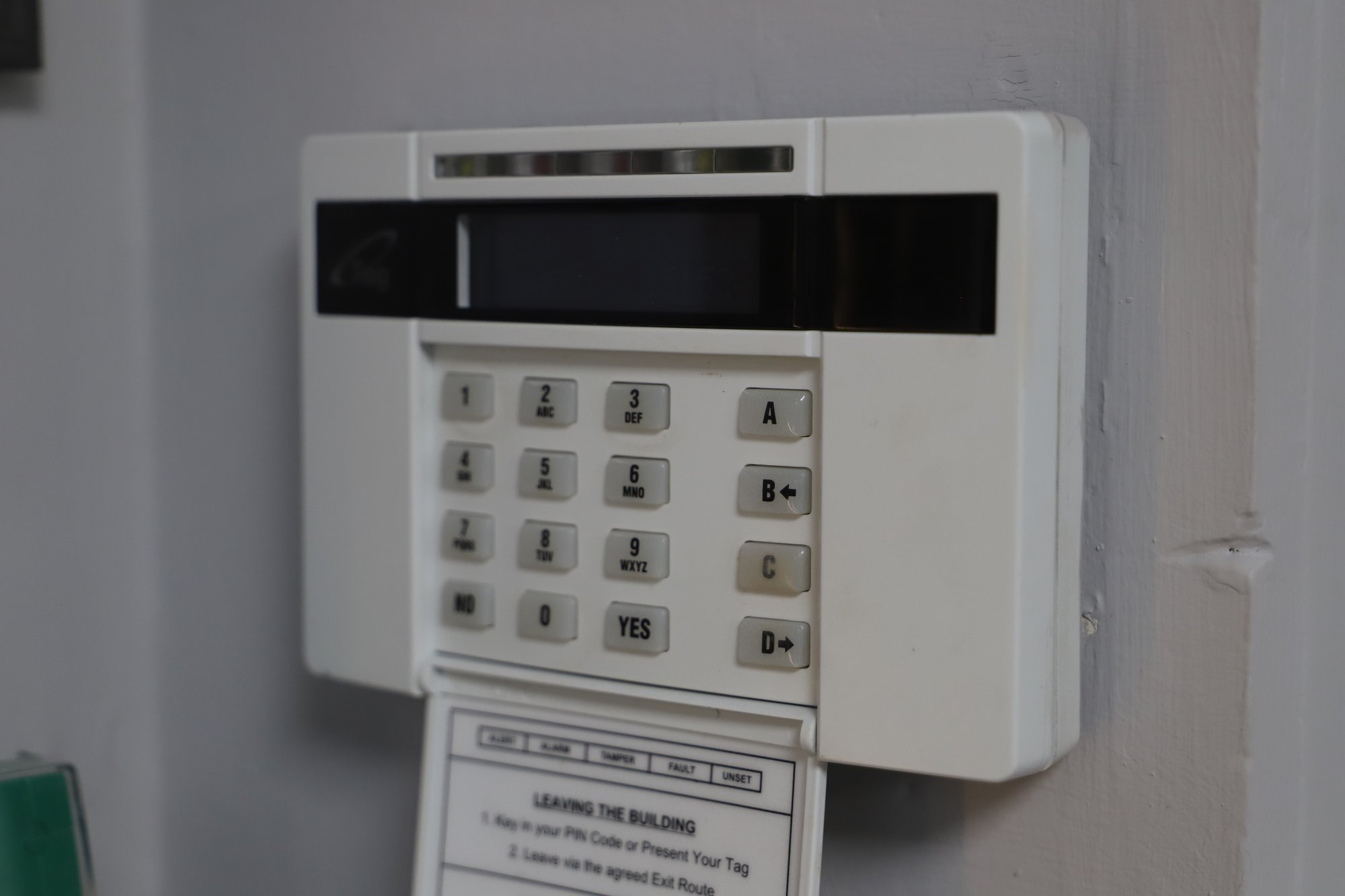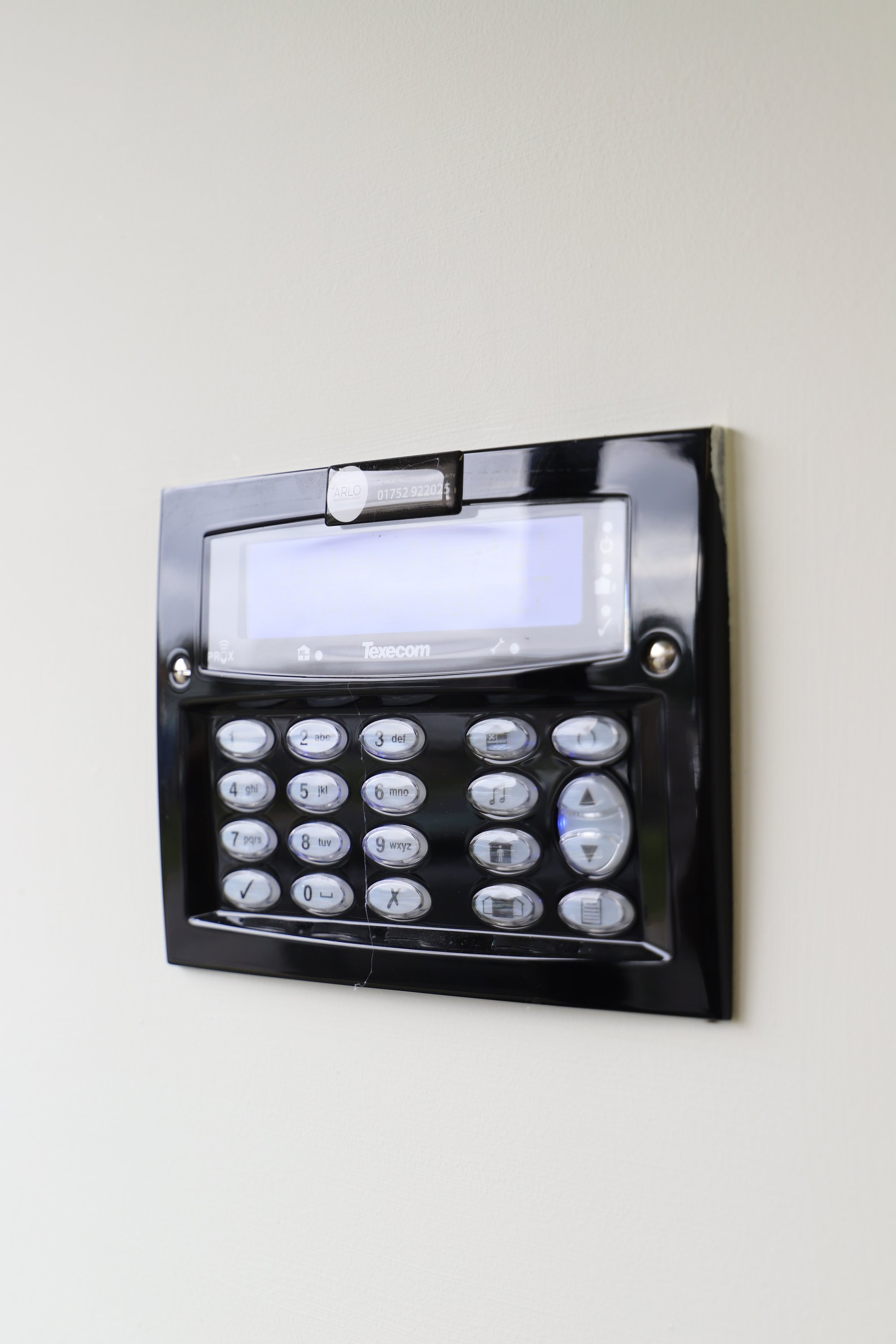Intruder Alarm Systems
Ventro are trusted safety specialists, offering expert installation of intruder alarm systems to the highest industry standards. With 24/7 coverage and a UK-wide service, we provide comprehensive protection tailored to the needs of your premises. Our team ensures reliable security solutions that deter intrusions and safeguard your properties with confidence.An intruder alarm is a crucial security system designed to enhance safety.
Intruder Alarms trigger a siren when it detects motion or sound in a building that is supposed to be unoccupied. This immediate alert provides effective protection against unauthorised entry, theft or vandalism, helping to safeguard your properties when vacant. By quickly notifying you or a monitoring service, these systems ensure swift responses to any potential threats.
In addition to their alert function, the visible alarm boxes themselves serve as a powerful deterrent to any potential criminals. The presence of these systems can discourage would-be intruders from attempting a break-in, making intruder alarms a proactive and highly effective solution for preventing security breaches of your premises.

British & European Standards for Intruder Alarms
To ensure intruder alarms are designed, installed, and maintained to the highest standard, Ventro Group follows British & European Standards Codes of Practice. Many of the British Standards have been replaced by the European Standards for Intruder and Hold Up Alarm Systems , which apply to new systems.
Existing systems are still subject to the British Standards and Codes of Practice in place at the time of installation, unless significant redesign or equipment replacement is needed, which may require compliance with the European Standards.
Key standards include:
DD243: Code of Practice for installing and configuring intruder alarms to generate confirmed alarm conditions.
BS 9263: British Standard for maintaining intruder alarm systems.
BS 8473:2006: Code of Practice for managing false alarms in intruder and hold-up alarm systems.
BS EN 50131 Series: European Standards for intruder alarms.
PD6662:2004: Guidelines for implementing BS EN 50131-1:2004.


Intruder Alarm Grading
Under BS EN 50131-1:2004 (European Standards), intruder alarm systems must be assigned a Security Grade based on the type of intruder deemed likely to attempt to bypass the system.
Grade 1 Intruder Alarms – Premises unlikely to be targeted by intruders. re unlikely to target the premises.
Grade 2 Intruder Alarms – Premises of a higher risk of an intruder or theft due to valuables kept theft on site.
Grade 3 Intruder Alarms – Premises at substantial risk from intruders due to high-value contents.
Grade 4 Intruder Alarms – Premises has a very high risk of being targeted by organised criminals.
What level of Alarm System do I require?
The responsibility for determining the appropriate grade of an intruder alarm system typically lies with two key parties:
Alarm Companies (Installers)
Installers conduct a formal risk assessment to determine the suitable alarm grade and ATS (Alarm Transmission System) type. They assess the value of items at risk, existing security measures, and any criminal historic activity. Before installation, they should ideally advise the customer to seek approval from any involved insurers.
Insurers
Insurers may require an intruder alarm system to be installed before offering specific cover, such as for theft. Since the grade of an alarm cannot be easily changed after installation, it’s advisable to confirm the system's specification with the insurer in advance. Although the grade of the ATS can be changed later, it can incur additional costs, so meeting insurer requirements upfront is recommended.




